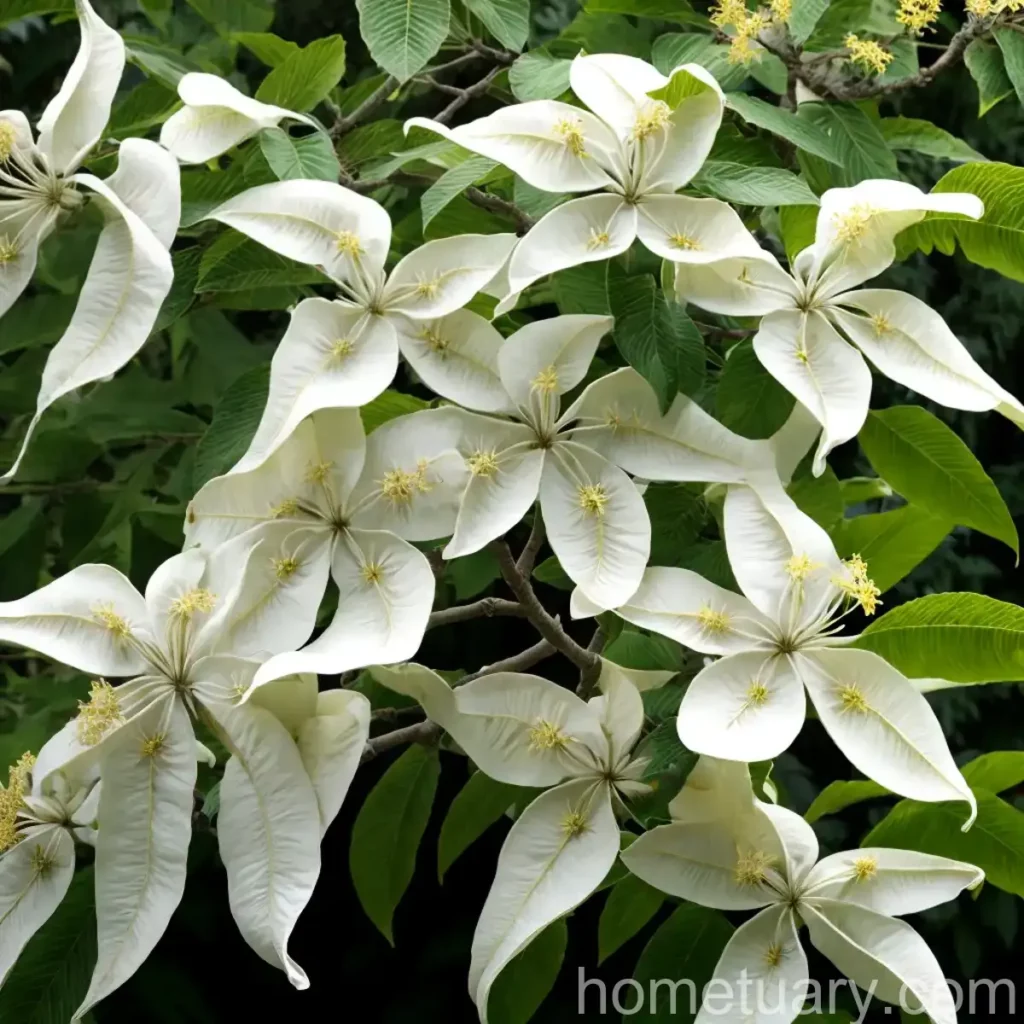The Wonderful World of Catalpa (Catalpa bignonioides)
The Catalpa tree, scientifically known as Catalpa bignonioides, is a captivating species that captivates the heart with its beauty and grace. This blog post serves as a comprehensive guide to the diverse world of catalpa trees, covering their culture, uses, water and sunlight needs, fertilizer requirements, soil preferences, pruning techniques, propagation, and much more. The post is suitable for gardeners, plant enthusiasts, and anyone intrigued by the allure of catalpa trees.
What is Catalpa (Catalpa bignonioides)?
Catalpa bignonioides, commonly referred to as the catalpa tree, is a species of deciduous trees originating from the southeastern United States. These picturesque trees are part of the Bignoniaceae family and are celebrated for their elegant, heart-shaped leaves and beautifully ornate flowers.
Key Takeaways
- Scientific Name: Catalpa bignonioides
- Family: Bignoniaceae
- Common Names: Catalpa, Catalpa tree, Indian bean tree, cigar tree
- Origin: Southeastern United States
- Suitable For: Landscaping, ornamental purposes
Culture
Uses
Catalpa trees have long been valued for their multitude of uses:
- Aesthetics: With their stunning appearance, catalpa trees are frequently used for ornamental landscaping.
- Timber: The wood from catalpa trees is utilized in making fence posts, railway ties, and other outdoor applications.
- Medicinal Properties: Certain parts of the catalpa tree have historical uses in traditional medicine.
- Wildlife Habitat: The catalpa tree serves as an essential habitat and food source for wildlife, including caterpillars, bees, and butterflies.
Water
- Irrigation: Regular watering is essential, particularly during its establishment phase. However, once mature, catalpa trees tend to be resilient to drought.
Sunlight
- Requirements: Catalpa trees thrive in full sunlight, although they can tolerate partial shade.
Fertilizer
- Fertilization: While generally not demanding, catalpa trees may benefit from a balanced fertilizer application in early spring.
Soil
- Preferences: Well-drained, fertile soil is preferred by catalpa trees. They can also tolerate slightly acidic to slightly alkaline soil conditions.
Pruning
- Techniques: Pruning is often conducted in late winter to early spring to remove dead or weakened branches and shape the tree.
Propagation
- Methods: Catalpa trees can be propagated through seeds, cuttings, or grafting.
Container Popularity
- Container Planting: While catalpa trees are typically grown in open landscapes, they can also thrive in larger containers if provided with adequate space and care.
Common Diseases
Disease Diagnosis
Catalpa trees may be susceptible to various diseases, including:
- Anthracnose: This fungal disease can cause leaf browning and defoliation.
- Verticillium Wilt: Symptoms include wilting and discoloration of the leaves.
- Powdery Mildew: A common fungal disease that manifests as white powdery patches on the leaves.
Common Pests
Pest Prevention
- Caterpillars: Catalpa trees serve as host plants for the catalpa sphinx moth, which can defoliate the tree during caterpillar infestations.
- Spider Mites: These tiny pests can cause stippling and discoloration of the leaves.
Botanist’s Tips
- Planting Location: Select a spacious, open area with well-drained soil for optimal catalpa tree growth.
- Watering: While catalpa trees are drought-tolerant, consistent, and deep watering during dry periods can promote healthy growth.
- Pruning: Regular pruning can help maintain the tree’s structure and promote air circulation within the canopy.
Fun Facts
- The catalpa tree is commonly referred to as the “cigar tree” due to the long, cylindrical shape of its fruits.
- It is a favored host plant for the catalpa sphinx moth, which contributes to the tree’s ecological importance.
Links to External Resources
For further information on catalpa trees, feel free to explore the following resources:
With its striking beauty and diverse array of uses, the catalpa tree continues to captivate the hearts and inspire the landscapes of many admirers. As a delight to the eye and a provider of ecological value, this magnificent species holds a special place in the world of flora. Whether admired for its ornamental allure or cherished for its environmental contributions, the catalpa tree stands as a testament to nature’s boundless elegance.















